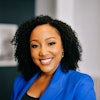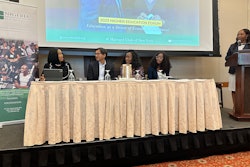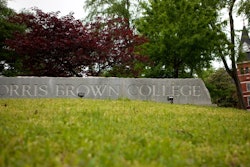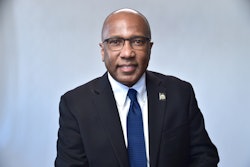ITHACA, N.Y.
Janie Cisneros was having a crisis and needed to talk to a counselor. But there would be no embarrassing or intimidating visit to the campus clinic.
Instead, Sigrid Frandsen-Pechenik took Cisneros to the mall, where they had coffee and talked in English and Spanish.
It was not the usual approach to mental health counseling. But as campuses become more diverse, colleges are finding the old ways don’t always work.
There are language barriers and cultural stigmas that equate mental health problems with being weak or crazy. There are the pressures of immigrant families who send their children to college and do not expect to see them fail. And since Sept. 11, there are pressures over visas, homeland security and privacy.
Many students choose not to ask for help, counselors say. So Frandsen-Pechenik, the assistant director of counseling and psychological services at Cornell University, is part of a national effort to take counseling out of the office and closer to students.
The idea is to break from the traditional model of trips to the counseling center, scheduled appointments and 50-minute sessions, which have their own built-in stresses.
Counselors at the Ivy League school hold group talks such as “The Joys and Challenges of Being Other Than Caucasian at Cornell” and have drop-in sessions at the international student center, the engineering school and other spots.
“There’s a lot of shame” in going to the counseling center, said Cinthia Tejada, a senior from New York. “But with outreach, it’s not like you’re singling yourself out.”
A report released this year by the American Council on Education found increasingly diverse campuses between 1991 and 2001, with Hispanic enrollment up 75 percent and Asian American enrollment up 54 percent. Black enrollment was up 37 percent.
In a lecture this spring, counselor Wai Kwong Wong said Asian and Asian American students committed 50 percent of suicides in the past decade at Cornell. They make up just 17 percent of enrollment.
Richard Kadison, chief of mental health services at Harvard University and author of College of the Overwhelmed, said minorities and foreigners have a particularly tough time in college.
“I’ve worked with many Asian students who have had a hard time finding a language to talk about mental health concerns, and it is something that just isn’t discussed in their families,” he said.
At Cornell, the new outreach includes multilingual sessions and culture-specific marketing. Cornell literature even promotes Frandsen-Pechenik as the school’s “very own Latina psychologist.”
The effort is taking hold around the country.
This year, the University of Florida recruited a psychiatrist who speaks several Chinese dialects to join a staff that already includes a Spanish speaker. Now the university offers chat groups for international students in English and Chinese.
The Massachusetts Institute of Technology’s counseling center offers monthly Chinese Tea Time group sessions, led by an Asian American psychologist. And an online “Ask Dr. Xi” service will begin next semester for Asian and other international students.
Last month, Black colleges and universities met in Baltimore to discuss marketing campaigns to help Black students overcome the stigma attached to mental health counseling.
And in New Jersey, Rutgers University’s counseling center sponsored an Asian film series, with discussions afterward. “We thought it would be a nonthreatening approach,” said David Chandler, a Rutgers counseling director.
— Associated Press
© Copyright 2005 by DiverseEducation.com





















